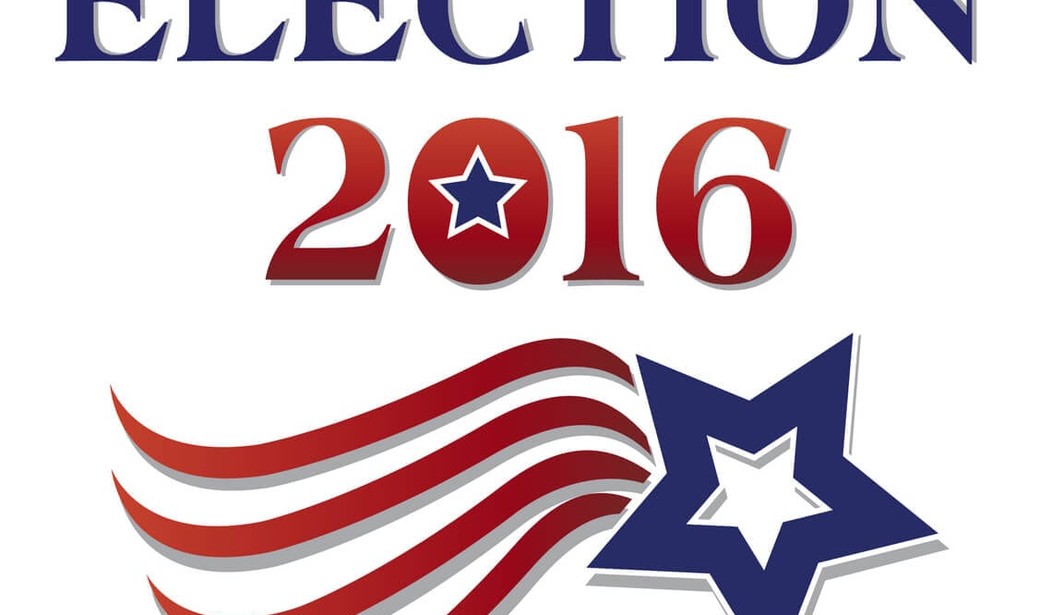We are a bit less than a year away from the 2016 presidential election, and one of the major parties, barring some unlikely legal developments, appears to have settled on its nominee. Hillary Clinton will almost certainly be the Democratic Party standard-bearer next November. The Republican race is remarkably unsettled. Two newcomers to politics, businessman Donald Trump and pediatric neurosurgeon Ben Carson, continue to lead all GOP polls, drawing 45-50% of the vote between them in most surveys.
Most analysts believe both candidates will fade, and the eventual nominee is likely to be one of two Cuban American senators: Marco Rubio of Florida or Ted Cruz of Texas. Both Rubio and Cruz have seen their poll numbers rise, both nationally and in the early states, to 10% or more, but their gains have been primarily at the expense of others in the vast Republican field of contenders, rather than Trump or Carson.
In early tests of a general election contest between Hillary Clinton and the leading Republicans, Carson and Rubio score better than Trump and Cruz.
The general election polls are all over the place, however, with some showing Clinton behind almost all Republicans, and others showing her ahead of everyone but Carson.
The presidential election race matters for the battle between the parties for control of the U.S. Senate as well. In the midterm elections of 2014, Republicans picked up nine seats: seven wins came in states that Mitt Romney carried in 2012, and two — Iowa and Colorado — came in states Obama won that year.
The GOP picked off five Democratic incumbents in 2014, in Alaska, Louisiana, North Carolina, Arkansas — all states won by Romney — as well as Colorado. Republicans won open-seat races in four states, three Romney-carried states — Montana, West Virginia, and South Dakota — plus Iowa.
In general, picking up seats in open-seat races is easier than knocking off incumbents. Romney won six of the seven states listed above by sizable margins — only North Carolina was very competitive (a 2% Romney margin). Republicans also came close to picking up two more seats from incumbent Democrats in 2014 — in Virginia (1% victory for Mark Warner), and New Hampshire (a 3% win for Jeanne Shaheen).
The 2016 Senate map appears very favorable to Democrats. The Democrats now hold 46 Senate seats, and need a net gain of four to win Senate control, assuming Clinton is elected, or five if a Republican wins the White House. Twenty-four of the 34 Senate races in 2016 are in states where Republicans now hold the seat. In seven of these states — Illinois, Wisconsin, Ohio, Florida, Pennsylvania, Iowa, and New Hampshire — Obama won the state in 2012.
Next year’s Senate contests are obviously taking place in a presidential election year. This generally means stronger Democratic turnout than seen in off-year races, such as in 2010, when the current Republican senators in these states were elected to all of these seats for the first time, except for Iowa, where Chuck Grassley has long served and is expected to win easily in 2016. However, unlike the 2014 Senate contests, when Republicans were aiming for gains in states won by Romney by big margins in 2012, the Republican-held seats in Senate races next year in the seven states carried by Obama in 2012 were much more closely contested in the presidential election in 2012, except for Illinois, which Obama won handily.
Over the last few cycles, in both midterms and presidential election years, one or the other party has won most or all of the closely contested races. Pundits like to use the term “drawing to an inside straight” to suggest the difficulty for one party to win such a high share of the close races. Based on the recent history, pulling an inside straight is far more common in U.S. elections than at the poker tables. Assuming Hillary Clinton wins a close race for the presidency, her party has a good shot at picking up the net four seats it needs to win back the Senate, but it might also wind up a seat or two short.
If Republicans nominate a wild-card candidate, such as Trump, who is then beaten soundly in the general election, Democrats might win far more than a net of four seats. If Republicans win a close race for the White House, their chances of retaining control of the Senate are better than 50-50, in part because Democrats then need to pick up a net of five seats.
Democrats have only two seats of their own at real risk in 2016 — the open seat in Nevada, and Senator Michael Bennet’s seat in Colorado, first filled by appointment in 2009, and then won in the election of 2010. Both states lean to the Democrats in terms of the presidential race next year.
In Nevada, the Republicans have a solid candidate in Congressman Joe Heck, and won a close race in the last Senate contest in a presidential election year four years ago, with Dean Heller winning a full term by 1%. Democrats seem happy with their likely nominee, Catherine Cortez Masto, the state’s former attorney general, who has appeal to the rapidly growing Hispanic population in the state.
In Colorado, despite their upset victory in the Senate race by Cory Gardner in 2014, leading Republicans have chosen to pass on running against Bennet despite his vulnerability — a 1% victory in 2010, and his controversial vote for the Iran nuclear deal.
Among the Republican-held seats, the most vulnerable at the moment in order of likelihood of the Democrats picking up the seat are: Illinois, Wisconsin, Florida, New Hampshire, Pennsylvania, and Ohio. Democrats have not found a strong candidate to run against Richard Burr in North Carolina, a true tossup state at this point, and the recent events at the University of Missouri may well create a backlash that will make it easier for Republican Roy Blunt to win re-election in this increasingly Republican-leaning state.
Dan Coats is retiring in Indiana, but Republicans are favored to win the open-seat race in this GOP-leaning state. Democrats talk up their chances to beat Republican incumbents in Arkansas and Georgia, but this seems unlikely. If David Vitter loses his runoff for governor of Louisiana and chooses to run for re-election as senator in 2016, then this Republican seat will be very much in play.
In Illinois, Senator Mark Kirk is clearly in an uphill fight against Democratic Congresswoman Tammy Duckworth (who first has to defeat an African American primary challenger). Kirk won by 2% in 2010, and no Republican presidential candidate has lost by less than 10% in the state starting with the 1992 race.
Wisconsin is a state the Democrats have won in every presidential election starting in 1988, though often by small margins. Republicans have won governor’s races and Senate races during this period. The 2016 race is a rematch of the 2010 Senate contest, when Republican Ron Johnson defeated incumbent Democrat Russ Feingold. Feingold is favored this time, but it is expected to be close.
Florida has had many hard-fought battles in presidential races and governor races, though most Senate contests have been decided by bigger margins in recent cycles. The Florida seat is open in 2016, with Marco Rubio running for the GOP nomination for president. If he or Jeb Bush were atop the Republican ticket, that would likely aid the GOP Senate nominee.
Two Republican congressmen are competing for the nomination: David Jolly, and tea party favorite Ron DeSantis. DeSantis is off to a very strong start in fundraising. The Democrats have two congressmen competing for their party’s nomination: Alan Grayson, and 32-year-old Patrick Murphy. The party establishment strongly favors Murphy given Grayson’s history of stridency, but Grayson can self-fund in the primary. A November race between DeSantis and Grayson might offer the widest left-right split in America next year.
Republican Kelly Ayotte won decisively in 2010 in tossup New Hampshire, but now will face the popular Democratic Governor Maggie Hassan. Ayotte leads narrowly in public polls. This will be an expensive, close contest, as most statewide and House races are in New Hampshire.
Two other Republican incumbents in blue states — Pat Toomey in Pennsylvania and Rob Portman in Ohio — are both slight favorites at the moment. Toomey has moved a bit to the center in the Senate, and may face a rematch against former Congressman Joe Sestak, who is one of several candidates in the Democratic field. With no primary challenger of his own, Toomey can watch the Democrats beat each other up early next year and fundraise for the general election.
Portman won decisively in 2010, but has been running close in early polls with former Democratic Governor Ted Strickland, now age 73. It is more likely than not that this race will open up towards Portman.
Democrats would seem to be favored at this point to pick up two seats — Illinois and Wisconsin — while Florida, New Hampshire, and Nevada are tossups. Ohio, Pennsylvania, and Colorado lean slightly towards the incumbents. Assuming Republicans nominate a strong general election candidate, they could win most or all of the tossups and close races, and have a pretty good night in the battle for control of the Senate.









Join the conversation as a VIP Member